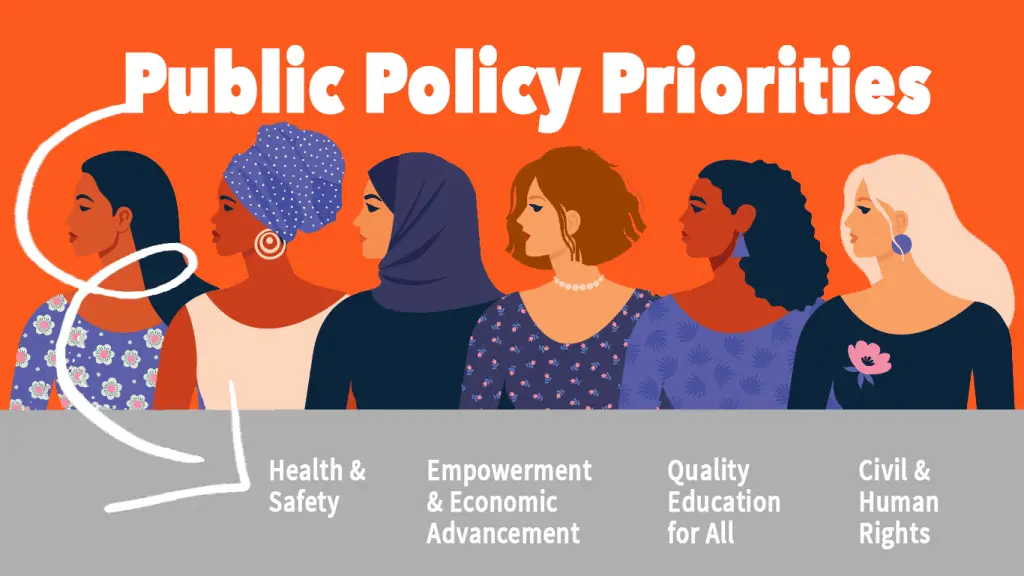An excerpt from The Kirwan Institute for the Study of Race and Ethnicity:
Why Is It Necessary To Talk About Race?
We need to talk about race because we are often thinking about race in ways that profoundly impact our decisions and understandings. Race has also been an important factor in the way that institutions are designed and the work that they do. It has been a principal force in building, sustaining, and shifting the social and political structures and organizational arrangements that control the distribution of opportunity and resources across all populations. Race also plays a significant role—either explicitly or implicitly—in many of the most important decisions that we make in our personal, professional, and social lives: where we live, who our children’s friends are, who our friends are, which political candidates we vote for, what social programs we support, etc. For most Americans, all of these issues include some consideration of race and while these considerations are often very subtle, they have the power to shape and control individual attitudes, values, and behaviors. It is not possible to talk coherently or truthfully about the history of our democracy or the future well-being of the American people without talking about race. The process of racialization continues to depress our aspirations as a nation as well as our economic and civic well-being, and while this process impacts racially marginalized and non-marginalized groups differently, it impacts us all.
Traditionally, our understanding of race has been incomplete and distorted. This distorted view supports an isolated mass society and makes progressive collective action very difficult. The fear that is closely associated with race causes us to look for public solutions in isolated private individuals. For example, many Americans believe that all U.S. citizens, regardless of race, have equal opportunity to achieve the “American dream.” Research suggests that this incomplete view is based, in part, on a lack of information about the causes and consequences of race-based inequality. Much of the opposition to affirmative action in the U.S. is motivated by this incomplete view.
A transformative dialogue on race can be beneficial on many levels: it can explicate the structural dynamics of social, economic, and political disparities, and it can assist us in dismantling racial hierarchy and deconstructing racialized “symbolic attitudes” that energize and perpetuate this hierarchy. It can help us to invigorate a strong inclusive democracy that invests both in its infrastructure and its people.
Talking About Race: Traditional View v. Transformative View
| Traditional View | Transformative View |
|---|---|
| Affirmative action is not needed and it leads to “reverse discrimination.” | Affirmative action continues to be a vital–if imperfect–tool for removing discriminatory obstacles that confront women and people of color. The goal of affirmative action is to give all people equal access to opportunities in education and employment. |
| Talking about race is divisive and polarizing, colorblindness is the answer. | There are unifying transformative ways to talk about race. Even when race is not talked about, people see race and make racialized decisions and policies. Not talking about race masks racial disparities and inhibits movement toward social justice. |
| The real issue is class, not race. | Race and class are intertwined. A strictly class-based movement will ultimately fragment because of race. |
| We get what we deserve in life. If some racial groups aren’t doing as well as others people just need to work harder. | While individual efforts matter, our well-being is also powerfully shaped by institutional conditions/arrangements and opportunity structures. |
| People like Tiger Woods, George Lopez and Oprah Winfrey are proof that anyone can be successful in America. | Cumulative structural inequality has its greatest impact on groups, not individuals. There have always been exceptionally successful people from all races and ethnicities. |
| Racism is about blatant, intentional bigotry. | The consequences of structural/institutional racism are significantly greater than those of personal racial animus. |
| The kind of overt racial bias and discrimination that we saw in the past does not exist today. | While research indicates that implicit (subconscious) racial bias is more pervasive than explicit bias, overt discrimination in sectors like housing and lending tells us that racial prejudice is still alive. |
| Segregation exists because African Americans and other people color prefer to live among “their own.” | Segregated “racialized” space is created by structural racism and discrimination. Our choices are informed by structures, institutional arrangements and our sense of what is possible. People do not choose to live in low-opportunity communities. |
| What happens outside my family and friendship circles doesn’t have much to do with me. | We share a “linked fate.” the consequences of structural racism impact the entire society–not just people of color–and threaten our democracy. |

